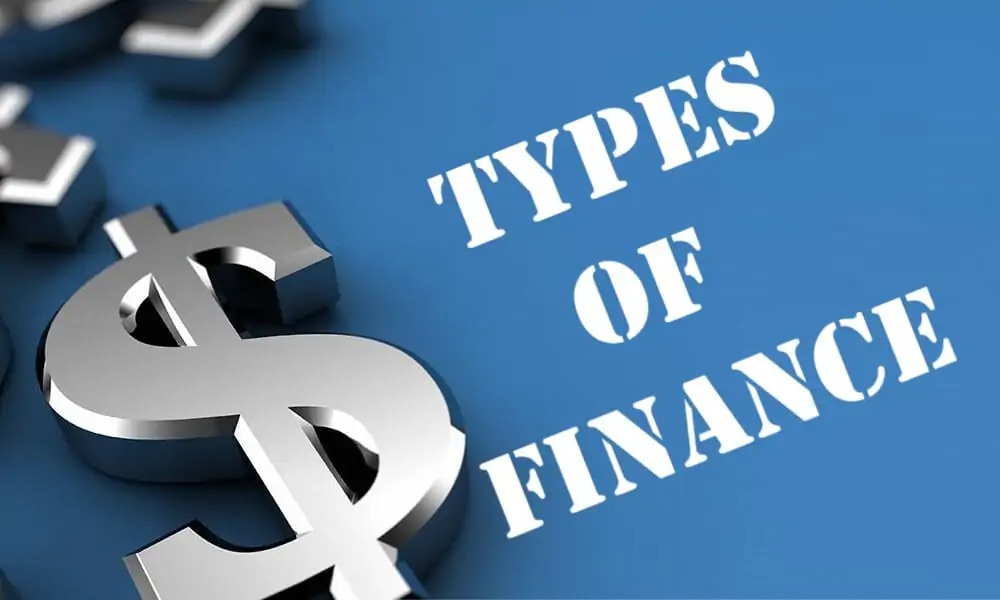In addition to offering loans to customers, financial companies earn money from interest on the loans they issue. While these banks earn a profit from lending money, they also charge fees for customer services, financial counseling, loan servicing, and sales of other financial products. In general, banks earn more than 1% of their assets annually, which is known as return on assets (ROA).
One of the most common types of businesses is a financial company. Although they don’t make sales themselves, they make a profit from the advice they give to their clients. In addition to the profit from investing, they also earn from commissions from other businesses. These companies make their money through interest income, capital gains, and account fees. They also earn money from investment banks and other investment companies by charging commissions and service fees.
The most common way that financial companies make money is by issuing loans. These institutions use depositors’ money to fund loans to others at a higher interest rate. By accumulating large amounts of money, they make enormous profits from a small margin. For example, big banks earn more than $50 billion per year from interest, and similar amounts on other products and services. Ultimately, these companies can earn millions of dollars by giving away pennies every month.
Consumer finance companies, or payday loan companies, are financial firms that make loans to individuals. They have been accused of exploiting desperate people in need of cash. A typical client scenario involves a client who needs $200 but has no money left in his bank and two weeks until their next paycheck. Whether this sounds like a perfect scenario or not, the answer is probably yes. If you need money, you need it fast. And the last thing you need is a bank that isn’t able to help you.
Despite their name, financial companies make money through lending. They don’t take deposits and instead rely on interest to make a profit. The interest rate that these financial companies charge is set based on your credit score. However, the amount that you borrow will depend on the market volatility and production costs. You can imagine a scenario wherein a bad harvest in a country reduces the amount of coffee available for sale. People who want coffee will pay more for it.
When you consider how banks make money, you can imagine that the majority of their income comes from loans. In contrast, commercial banks earn their money by providing loans to customers. The funds that these banks loan are the source of their capital. And while this does not produce interest itself, it allows them to offer loans to customers. And the money that banks hold in these accounts earn little to no interest. Regardless of their size, this industry is a huge source of income for financial services.
Many financial companies make money from fees. Some banks charge an application fee to their customers while others make their money from ATM fees. Another way that banks earn money is by charging a fee for using their ATMs, which is often as high as $3 or $4 per transaction. Another way that financial companies make money is through the use of overdraft fees, which arise when debit card transactions exceed an account’s balance. Finally, there are fees for overdrawing your account and missing a loan payment.
Many banks earn money through fees for loans issued to their customers. The fees they charge come in many forms, but they typically include interest. Often, a bank will charge a fee to open an account, execute a transaction, or manage an investment account. These fees can be one-time or recurring, and it’s crucial to find out how they’re made. Many banks have fee schedules that outline their fees for their products and services.
Many people don’t realize that credit card companies make money by charging merchants interest on loans. They also make money by collecting interchange fees on each card transaction. This revenue is a vital part of the financial sector, and it’s often overlooked. It is not surprising that the credit card industry generates more money than any other. And while credit card companies earn interest on loan balances, the fees they charge to merchants are the largest source of revenue.
Non-interest expenses are the bank’s fixed costs. These expenses, known as overhead, total about 15% of the bank’s total expense. Personnel costs are the largest part of a bank’s non-interest expenses, but other substantial expenses include rent, equipment, taxes, and professional services such as legal counsel, IT support, and marketing. In addition to lending money to consumers, financial companies also help create liquidity in the market, which in turn increases employment and consumer spending.





